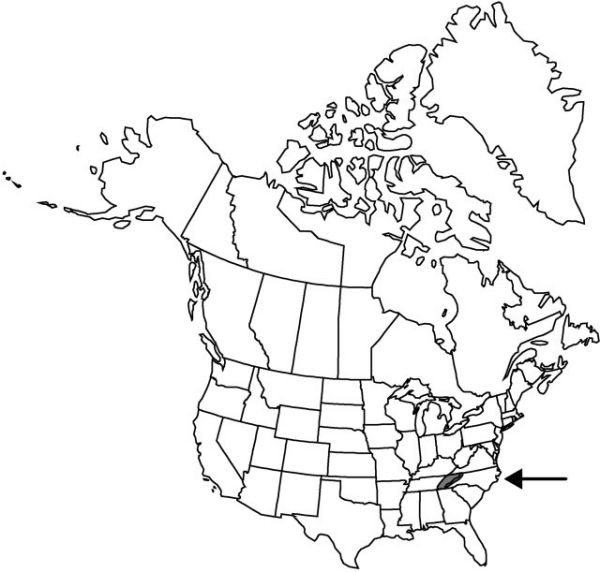Difference between revisions of "Erythronium umbilicatum subsp. monostolum"
Brittonia 15: 254. 1963.
Endemic
imported>Volume Importer |
imported>Volume Importer |
||
| Line 50: | Line 50: | ||
|publication year=1963 | |publication year=1963 | ||
|special status=Endemic | |special status=Endemic | ||
| − | |source xml=https:// | + | |source xml=https://bitbucket.org/aafc-mbb/fna-data-curation/src/2e0870ddd59836b60bcf96646a41e87ea5a5943a/coarse_grained_fna_xml/V26/V26_274.xml |
|genus=Erythronium | |genus=Erythronium | ||
|species=Erythronium umbilicatum | |species=Erythronium umbilicatum | ||
Latest revision as of 22:14, 5 November 2020
Stolon 1 per bulb. 2n = 24.
Phenology: Flowering spring.
Habitat: Rich woods and slopes of high coves under either hardwoods or conifers, sometimes in open, grassy areas on peaks
Elevation: 1400–1600 m
Discussion
Within populations, nonflowering, 1-leaved plants far outnumber flowering, 2-leaved plants. Some populations form a nearly continuous ground cover.
Selected References
None.
Lower Taxa
None.
